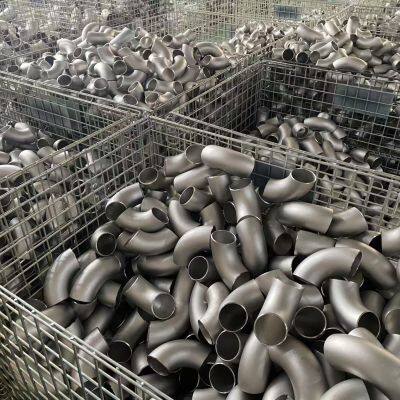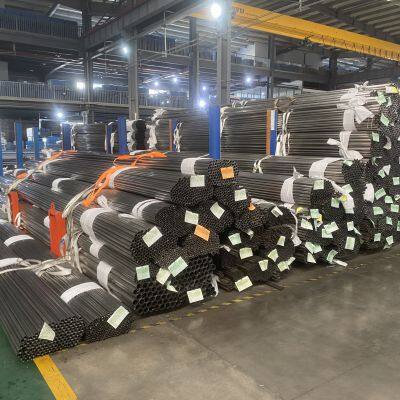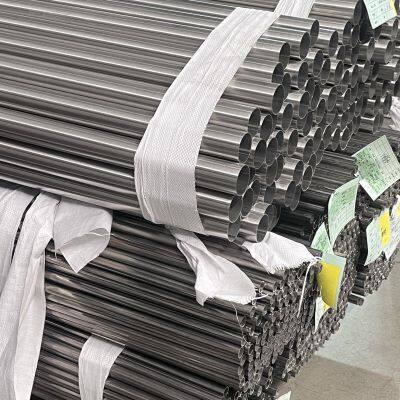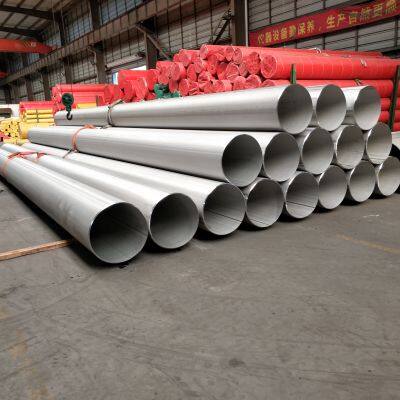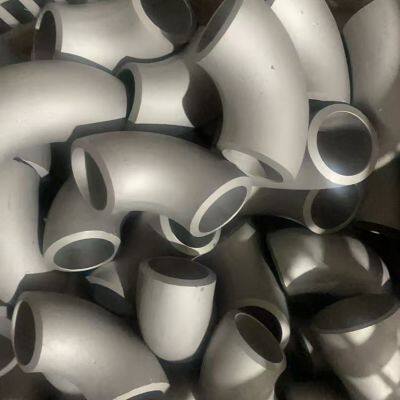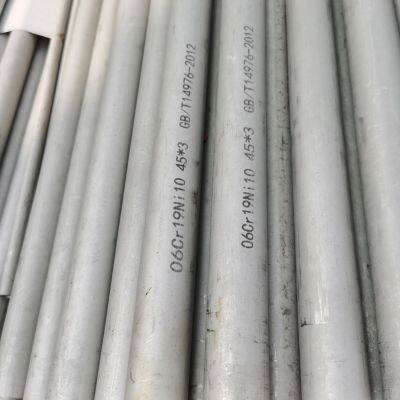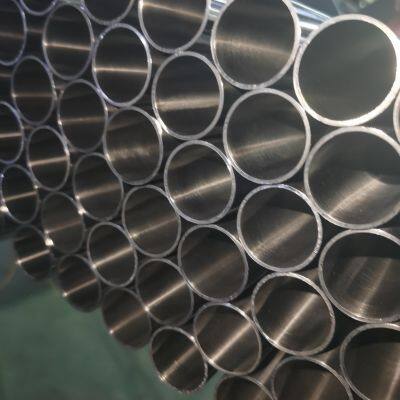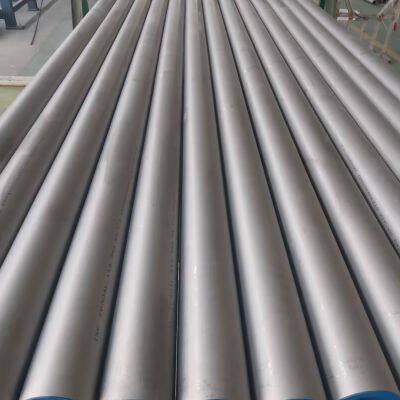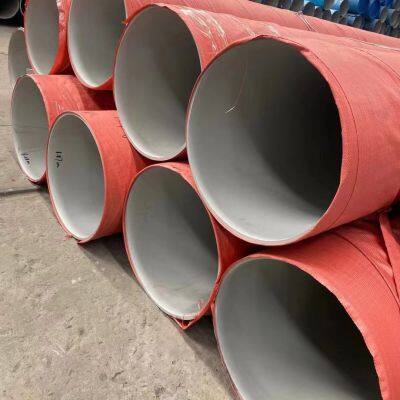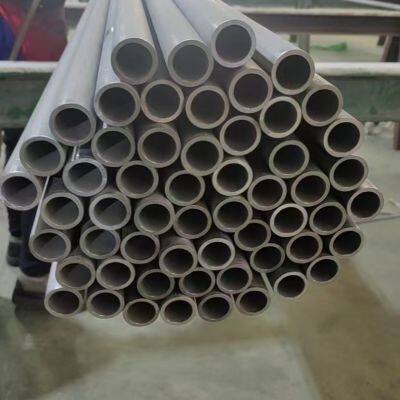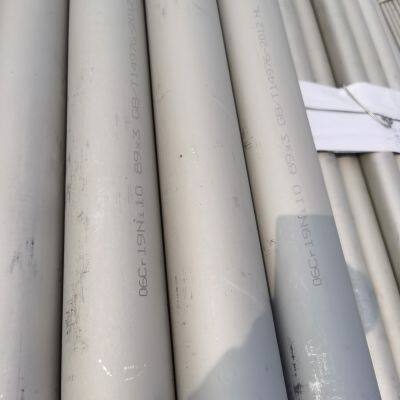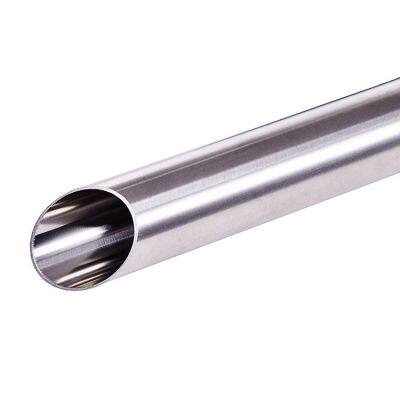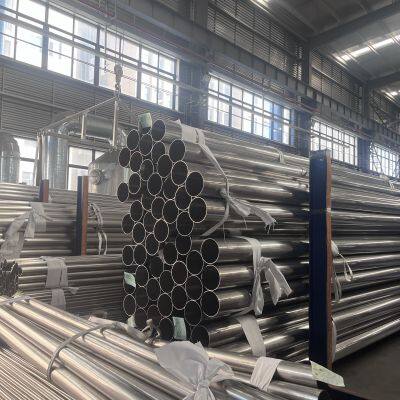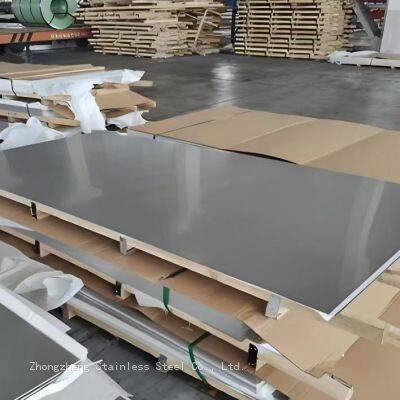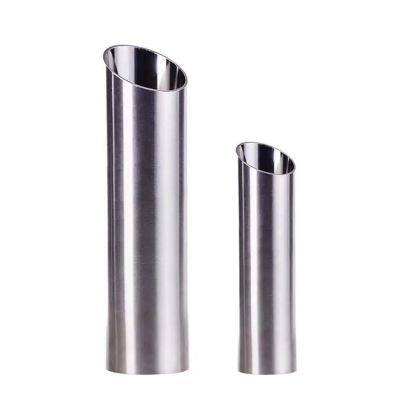Details should be paid attention to when performing solution treatment duplex stainless steel pipe
The solid solution treatment of duplex stainless steel pipes requires attention to details such as temperature, insulation time, and cooling rate to ensure tissue uniformity and corrosion resistance, as follows:
1、 Temperature control
Accurately set temperature range:
Conventional duplex steel (such as S32205) needs to be controlled at 1050-1100 ℃, while super duplex steel (such as S32750) needs to be controlled at 1100-1150 ℃. If the temperature is too low, it can easily lead to residual precipitates (such as σ phase), while if it is too high, the proportion of austenite phase will decrease, affecting the performance.
Requirements for furnace temperature uniformity:
The temperature difference inside the furnace is ≤± 10 ℃. It is recommended to use a vacuum furnace or a protective atmosphere furnace (such as nitrogen) to avoid surface chromium removal caused by high temperature oxidation, which affects corrosion resistance.
2、 Control of insulation time
Adjust the duration according to the wall thickness:
Calculated based on the wall thickness of the pipe, δ (mm), the insulation time is usually 1-2 minutes/mm. For example, when δ=10mm, the insulation time is 10-20 minutes to ensure that the carbides are fully dissolved and the two-phase structure is homogenized.
Avoid excessive insulation:
Exceeding the optimal time can lead to coarse grains, reduced ductility, and increased energy consumption and oxidation risk.
3、 Cooling rate control
Quickly cool to below the phase transition temperature:
Quickly cool from the solid solution temperature to below 400 ℃ (such as water cooling or air cooling+forced air cooling) to prevent brittle zone (ferrite precipitation induced hardening) and precipitation of σ phase (Cr Fe intermetallic compound) at 475 ℃, with a cooling rate of ≥ 50 ℃/s.
Cooling medium selection:
Thin walled tubes (δ ≤ 5mm) can be air-cooled, while thick walled tubes (δ>5mm) must be water-cooled to avoid uneven cooling leading to uneven organization or stress concentration.
4、 Surface protection and cleaning
Prevent oxidation and decarbonization:
Remove surface oil stains and oxide scales before entering the furnace, and spray high-temperature antioxidants; If an air furnace is used, acid washing (such as 10% hydrofluoric acid+30% nitric acid solution) should be carried out after cooling to remove the oxide layer and restore the passivation film.
Avoid residual pollution:
The tooling that comes into contact with pipes should be made of stainless steel or ceramic materials to prevent iron ion contamination (such as residual iron filings causing local corrosion).
5、 Stress and deformation control
Optimization of furnace loading method:
The pipes are vertically suspended or horizontally placed on heat-resistant supports to avoid stacking and squeezing, and to prevent elliptical deformation due to their own weight at high temperatures. The spacing between supports is ≤ 1.5 meters.
Stress relief treatment after cooling:
For precision fittings, low-temperature annealing at 200-300 ℃ can be performed after solid solution treatment to eliminate cooling stress and avoid deformation caused by stress release during subsequent processing.
6、 Performance testing verification
Metallographic examination:
Sampling samples were observed to determine the austenite ferrite two-phase ratio (target 45% -55%), with no residual precipitates and a grain size of 5-8 levels (ASTM standard).
Hardness test:
After solid solution, the hardness should be ≤ HB290. If it exceeds this limit, the temperature or holding time needs to be readjusted to avoid exacerbating the work hardening tendency.
Strictly controlling the above details can ensure that a uniform two-phase structure is obtained after solid solution treatment of duplex stainless steel pipes, improving corrosion resistance and processing performance.
Recently Posted
-
What are the advantages of double-clamp stainless steel drinking water pipe fittings
January 6, 2026What are the advantages of double-clamp stainless steel drinking water pipe fittings? 1. Suitable for various media: The stai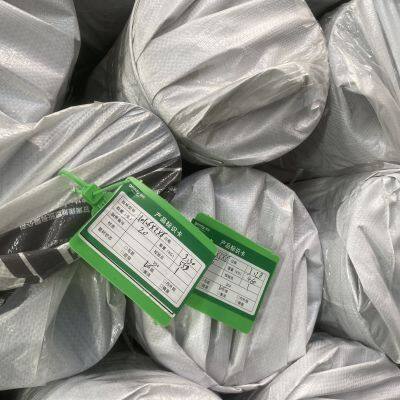 Read More
Read More -
304 stainless steel pipe, steam gas pipeline, mixed gas pipeline
January 6, 2026The 304 stainless steel pipe is suitable for steam pipelines and gas mixture pipelines. The 304 stainless steel materia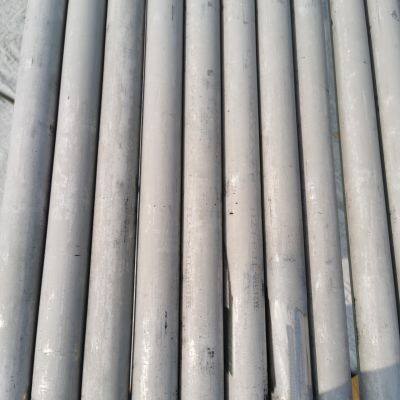 Read More
Read More -
What are the differences between 304 and 202 stainless steel pipes
January 6, 2026The main differences between 304 and 202 stainless steel pipes lie in their chemical composition, physical properties, corrosion r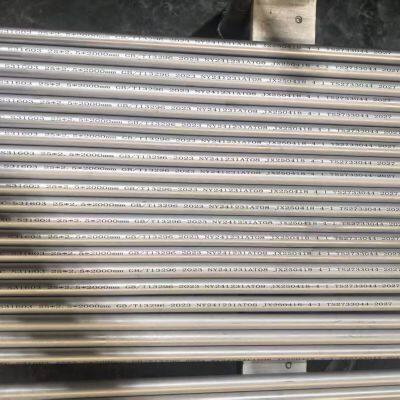 Read More
Read More -
The five common methods of connecting stainless steel water pipes
January 6, 2026Different methods of installing stainless steel water pipes The installation methods of stainless steel water pipes var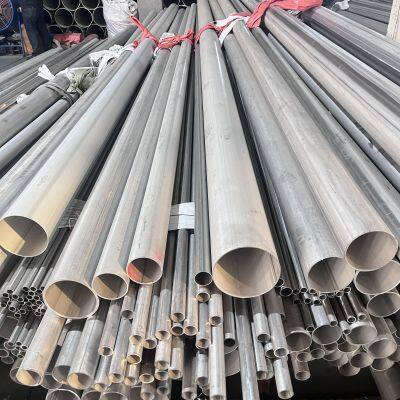 Read More
Read More



